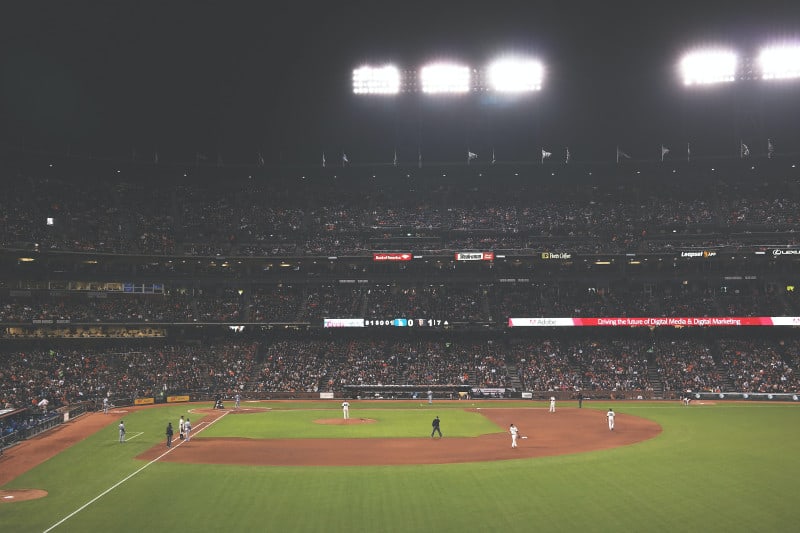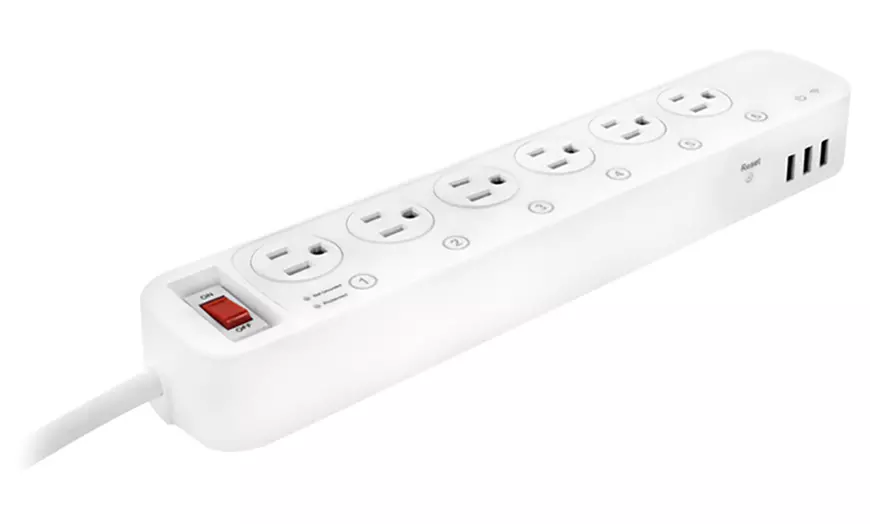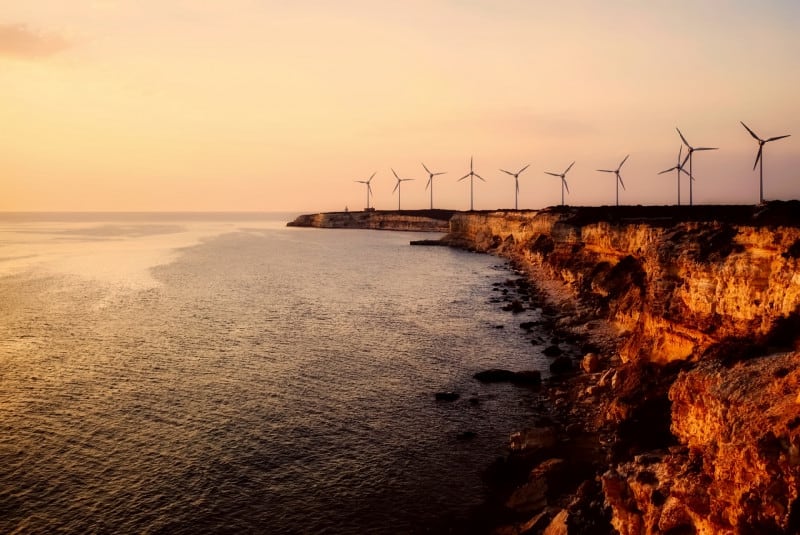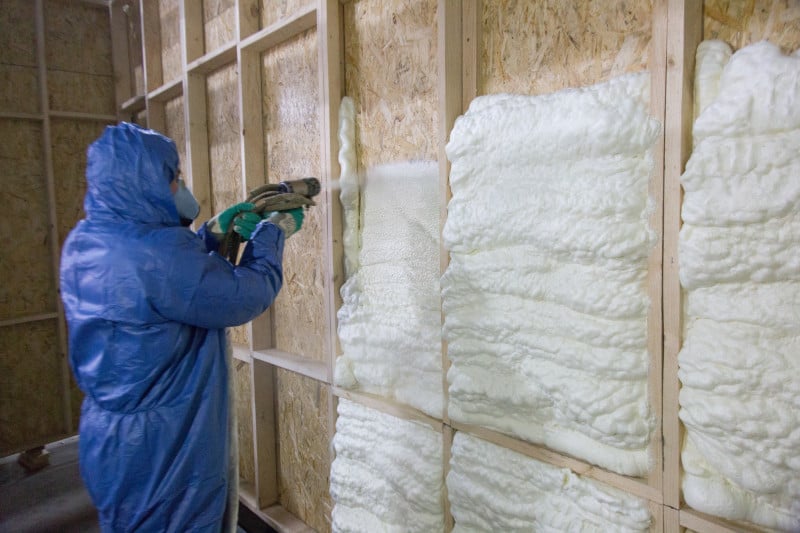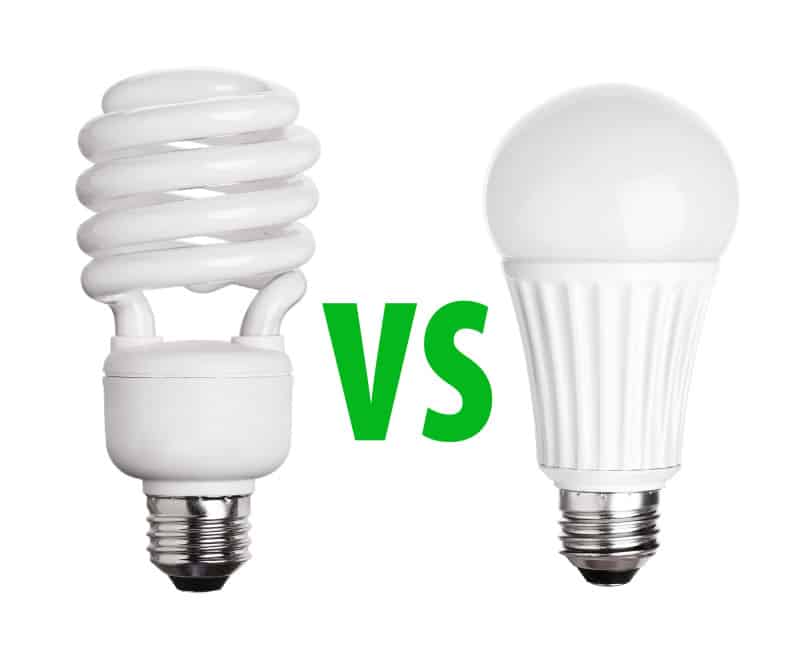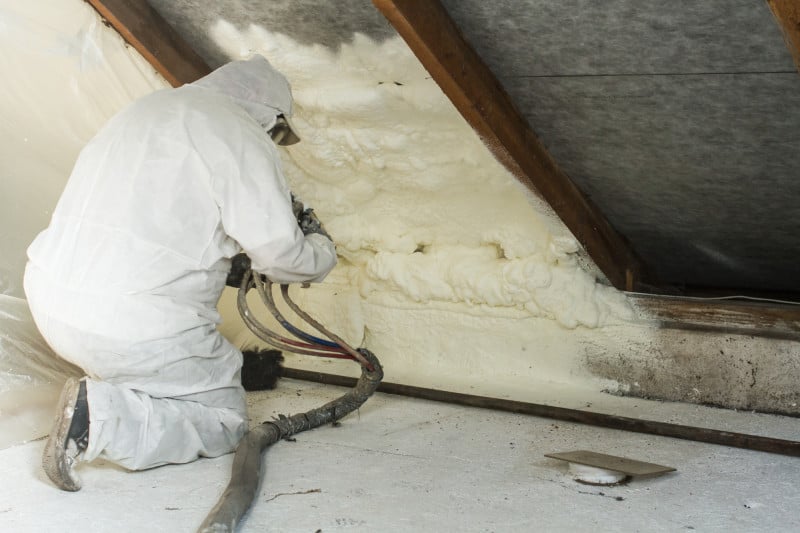Are CFLs or LEDs the better option for sports fields? This is a question that has been debated for years and no one can seem to agree on an answer.
After all, both types of lighting have their advantages and disadvantages. But are CFL or LED lights better for sports fields?
LED lights are the better option for sports fields due to their long-term cost efficiency, energy efficiency, environmental benefits, weatherproofing, glare reduction, and minimal maintenance requirements. However, CFL lights may be a more budget-friendly option.
In this article, I’ll be exploring both sides of the argument in order to determine which type of lighting is best suited for your sports field.
Cost Efficiency
When it comes to sports fields, cost efficiency of lighting is a critical factor.
CFL and LED lighting offer unique advantages in terms of installation cost. CFL lights are much cheaper upfront than LEDs, making them the obvious choice for those on a tight budget. But over time, LEDs become the more economical option since they use far less energy and last up to 10 times longer than CFLs.
LEDs also provide environmental benefits that CFLs can’t match. They don’t contain mercury or other hazardous materials like CFLs do, which makes them easier to safely dispose of when their lifespan is over. Furthermore, LEDs have been proven to reduce energy consumption by as much as 75%, which helps reduce our collective carbon footprint.
So if you’re looking for a lighting solution that provides both cost efficiency and an environmentally friendly option for your sports field, LED lights are definitely worth considering. Not only will you save money in the long run, but you’ll also be doing your part to help protect our planet’s future.
Light Quality
When it comes to sports fields, CFL and LED lights are two of the most popular options.
On one hand, CFL lights boast a much higher luminosity level than LEDs, making them ideal for larger fields where bright illumination is necessary.
On the other hand, LEDs offer significant advantages in terms of energy efficiency and glare reduction.
When making a decision between these two lighting types, there are several factors that must be considered. To help you make an informed choice, here are four key elements to keep in mind:
- Initial cost – which option requires more upfront investment?
- Energy savings – which option offers greater energy efficiency?
- Maintenance needs – which option requires more frequent maintenance?
- Light quality – which option provides better illumination?
CFL and LED lights both have their own unique benefits and drawbacks when it comes to sports field lighting. Weighing all the pros and cons will help you determine which type of light is best for your particular needs.
Energy Consumption
When it comes to sports fields, CFLs and LEDs both have their advantages. Both of these lighting options provide bright illumination for outdoor activities and are energy efficient in comparison to traditional lighting sources. In addition, LED lighting is typically more cost effective in the long run, but it takes a more involved installation process than CFLs.
Now let’s take a look at the differences between CFLs and LEDs in terms of energy consumption, environmental impact, and installation process:
| CFLs | LEDs |
|---|---|
| Lower upfront costs | Higher upfront costs |
| Easier installation process | More complex installation process |
| Average life span of 10,000 hours | Longer average life span of 35,000-50,000 hours |
| Contains mercury vapor which can be harmful to environment if not recycled properly | Does not contain hazardous materials; recyclable materials used in construction |
When choosing between CFLs and LEDs for your sports field, it is important to weigh the pros and cons of both options.
While CFLs are much easier to install, they don’t last as long as their LED counterparts.
On the other hand, LED fixtures require a more complex installation process but will provide years of reliable illumination with minimal maintenance required.
Considering factors such as energy efficiency, environmental impact, and installation requirements can help you make an informed decision when deciding on the best lighting option for your sports field.
Safety Considerations
Continuing our discussion about the two lighting options for sports fields—CFLs and LEDs—we now turn to safety considerations.
Weatherproofing is always a major concern when it comes to lighting, especially in outdoor venues. CFLs are not weatherproof and require protection from moisture, dust, and extreme temperatures.
On the other hand, LEDs are designed with weatherproofing features such as waterproof housings and watertight seals that make them a more reliable option for outdoor settings like sports fields.
Glare reduction is another important factor to consider when choosing lighting for a sports field. CFLs tend to produce a lot of glare that can be distracting or even dangerous in certain situations.
LEDs, however, generate a much softer light that reduces glare while providing better visibility on the playing field. This makes them the safer choice from both an energy efficiency standpoint and an illumination perspective.
LEDs also typically come with adjustable beam angles so you can customize your lighting setup based on the size and shape of your sports field.
This ensures that you get the perfect amount of light without wasting energy or creating unnecessary glare for athletes during games or practices.
All these benefits make LEDs the clear choice for any kind of outdoor sports field lighting application.
Maintenance Requirements
When it comes to sports fields, CFL and LED lighting both have their pros and cons. It’s important to consider your specific needs when deciding which is the better option for you.
Maintenance requirements must also be taken into account when making this decision.
CFL lights are often cheaper to install than LEDs, and they can last for up to ten years if properly maintained.
Weatherproofing is an important factor when considering CFLs, however, as they can easily be damaged by the elements.
CFLs also require frequent replacement of bulbs that may contain mercury or lead, making them more expensive over time and potentially hazardous to handle.
LED lights tend to be more expensive upfront but provide great long-term savings in terms of energy costs and maintenance costs due to their longer life span of up to 25 years.
LED lights are also much more durable than CFLs, withstanding cold temperatures as well as extreme weather conditions with ease.
Plus, LED lights do not require any hazardous materials like mercury or lead for installation or maintenance.
So when it comes down to choosing between CFLs and LEDs for sports fields, there are a number of factors that should be taken into consideration – from installation costs and maintenance requirements to energy efficiency and durability in severe weather conditions.
Ultimately, choosing the best option will depend on your specific needs and budget requirements.
Conclusion
As you can see, both CFL and LED lighting systems have their advantages and disadvantages.
When choosing which one to use for a sports field, the cost efficiency, light quality, energy consumption, safety considerations, and maintenance requirements must all be taken into account.
Ultimately, it is up to you to decide which option works best for your particular needs.
In the end, no matter what type of lighting system you choose for your sports field, you should always ensure that it meets the highest safety standards and provides enough illumination for players and spectators alike.
With careful consideration of all factors involved, you can make an informed decision that will benefit everyone involved in the game.

